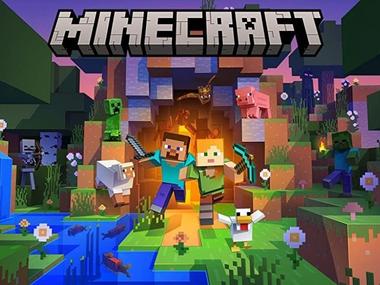
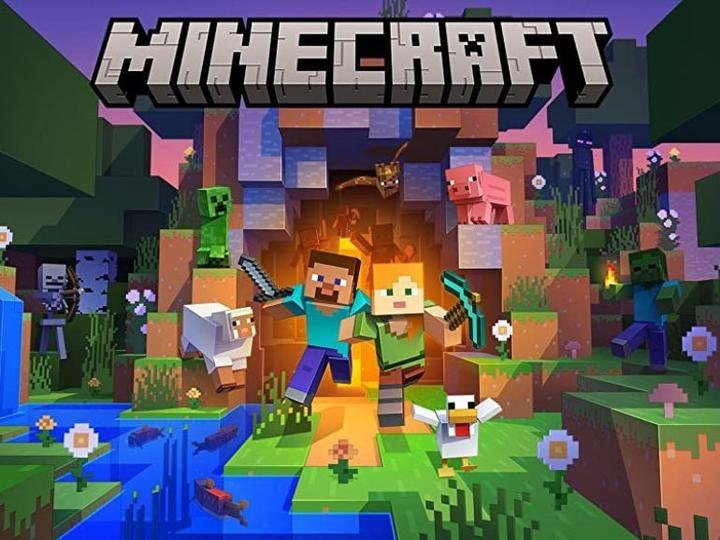
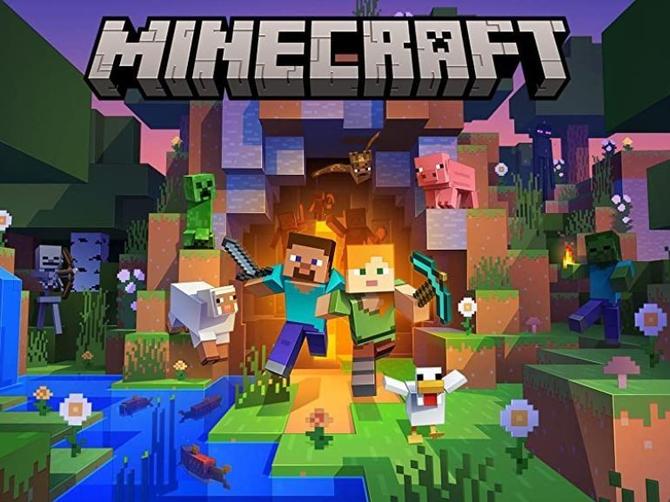
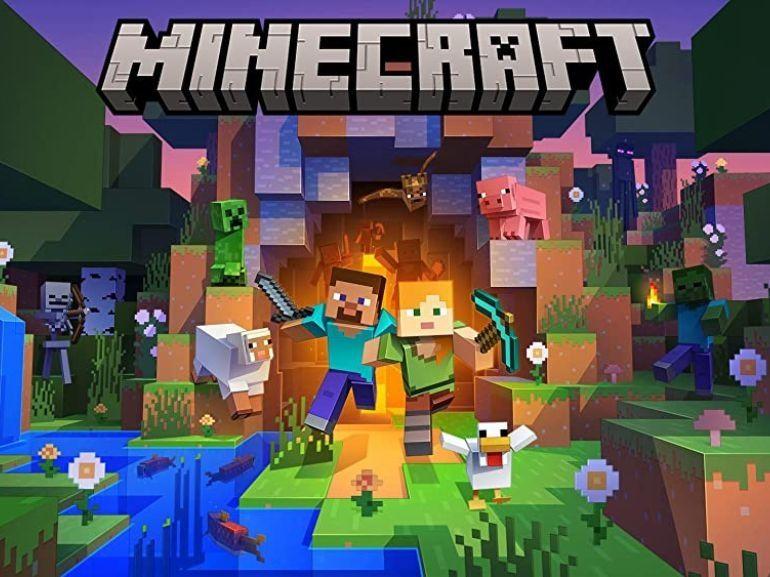
Minecraft, launched in May 2009, is an immensely popular sandbox video game developed by Mojang Studios. With its pixelated graphics and vast open-world environment, Minecraft has captured the hearts and minds of players worldwide, including children. In this detailed review, we will explore the game's basic features, its impact on child development, its history, popularity, competition, graphic features, system requirements, as well as its drawbacks.
I. Minecraft: Basic Features and Gameplay
Minecraft offers players a virtually limitless sandbox environment where they can explore, gather resources, build structures, and engage in creative and survival modes. The game world is procedurally generated, comprising various biomes, caves, oceans, and mountains. Players can interact with the environment, mine blocks, craft items, and construct impressive structures using a variety of building materials.
II. Impact on Child Development
Creativity and Imagination: Minecraft provides an expansive platform for children to express their creativity and imagination. Building structures, designing landscapes, and creating intricate redstone contraptions foster critical thinking, problem-solving, and spatial awareness skills.
Collaboration and Social Interaction: The game's multiplayer mode allows children to collaborate with friends or join online communities. This fosters teamwork, communication, and social skills as they work together to achieve shared goals or engage in creative projects.
Resource Management and Planning: Minecraft encourages children to learn resource management and planning skills. They must gather and utilize resources efficiently to build and sustain their structures, farms, and other creations. This cultivates skills such as organization, prioritization, and strategic thinking.
Persistence and Goal Setting: Minecraft's open-ended nature promotes persistence and goal setting. Whether it's surviving in harsh environments, exploring vast underground cave systems, or completing complex redstone circuitry, children learn to set goals, work towards them, and experience the satisfaction of achievement.
Problem Solving and Critical Thinking: Minecraft presents various challenges, from overcoming hostile mobs to designing functional mechanisms. Players must think critically, analyze problems, and devise creative solutions. This enhances problem-solving, logical reasoning, and critical thinking abilities.
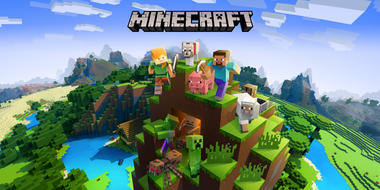
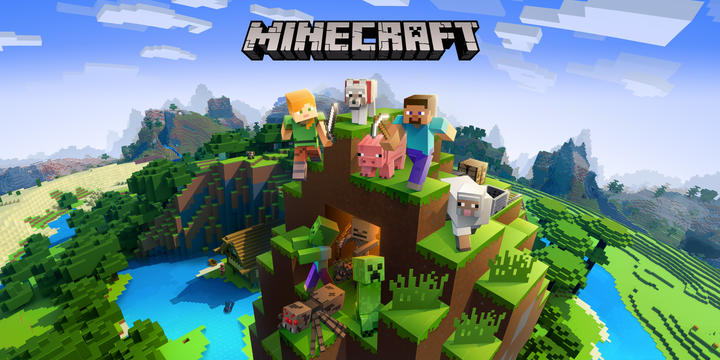
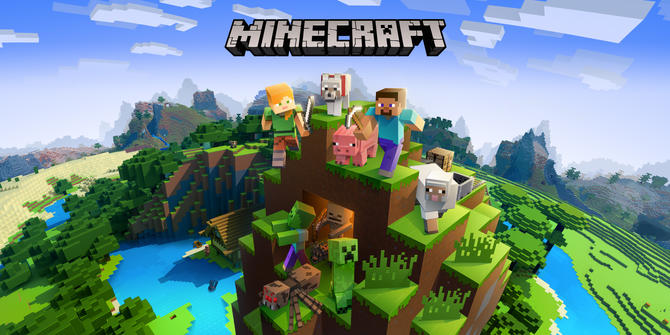

III. Drawbacks of Minecraft
Screen Time and Addiction: One potential drawback of Minecraft, like any video game, is excessive screen time. Parents should establish reasonable playtime limits and ensure a healthy balance between gaming, physical activities, and other educational pursuits.
Lack of Structure: Minecraft's open-ended nature may not appeal to every child. Some children may prefer more structured gameplay with defined objectives, which Minecraft does not inherently provide. This can lead to a lack of direction and engagement for certain individuals.
IV. Minecraft's History and Popularity
Minecraft was originally created by Markus Persson, known as "Notch," and released as an alpha version in 2009. Its simple yet addictive gameplay mechanics, coupled with regular updates and community involvement, helped it gain widespread popularity. The game's accessibility, endless possibilities for creativity, and the emergence of influential YouTube creators showcasing their Minecraft adventures contributed significantly to its success.
V. Competing Games
While Minecraft remains the dominant force in the sandbox genre, several games have emerged as competitors. Some notable alternatives include Terraria, Roblox, and Lego Worlds. Each offers its own unique features and gameplay mechanics, catering to different player preferences and interests.
VI. Graphic Features and System Requirements
Minecraft's pixelated graphics are intentionally simplistic, reminiscent of retro games. This aesthetic has a broad appeal, as it accommodates a wide range of system specifications, allowing Minecraft to be played on various platforms. The system requirements are relatively modest, making it accessible to a vast player base.
Conclusion:
Minecraft is undoubtedly a remarkable game that has had a significant impact on children's development. Its open-ended gameplay, emphasis on creativity, problem-solving, collaboration, and resource management contribute to a variety of valuable skills. While it's important to be mindful of potential drawbacks such as excessive screen time, Minecraft offers an engaging and enriching experience for children. With its enduring popularity, vibrant community, and continuous updates, Minecraft is likely to continue shaping the gaming landscape for years to come.